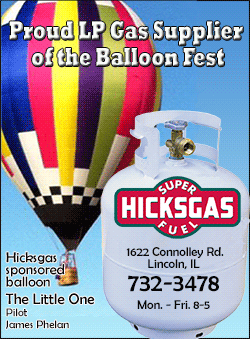|
 Researchers asked Amazon, Target and Walmart to name their top 100
best-selling whole-body moisturizers sold online. Then the
researchers assessed how well these popular products moisturized the
skin, whether or not their ingredients might trigger allergic
reactions and how much they cost. Researchers asked Amazon, Target and Walmart to name their top 100
best-selling whole-body moisturizers sold online. Then the
researchers assessed how well these popular products moisturized the
skin, whether or not their ingredients might trigger allergic
reactions and how much they cost.
Only 21, or 12 percent, of the 174 individual products tested were
free of allergens, the study found.
Many of the moisturizers contained fragrances and chemicals known as
parabens and tocopherol, all of which can cause rashes and worsen
skin conditions like eczema and psoriasis.
This means patients can’t assume that moisturizers marketed as
hypoallergenic, fragrance-free or even dermatologist-recommended
will actually help skin conditions, said lead study author Dr. Steve
Xu of Northwestern University Feinberg School of Medicine.

“Ultimately, there is no such thing as a zero-risk cosmetic
product,” Xu said by email.
“For moisturizers, white petroleum or pure shea butter are lower
risk, but trusting the labels is not enough,” Xu added. “Making sure
there are as few ingredients as possible is also a good thing to
double check.”
Moisturizers are a great solution for patients with skin disorders
because they retain moisture in the skin, reduce inflammation, help
prevent infection, are widely available and can be more affordable
than prescription skin remedies.
But the study found products marketed to appeal to people with skin
problems like eczema and psoriasis tended to cost more, even though
they didn’t necessarily avoid ingredients that could make these
conditions worse.
Half of the products labeled “dermatologist recommended” cost at
least 79 cents an ounce, while moisturizers without that description
were typically 59 cents an ounce, researchers report in JAMA
Dermatology.
When moisturizers claimed to be “phthalate free,” they tended to
cost about $1.38 an ounce, compared to 59 cents an ounce without
that distinction.
At the same time, there wasn’t a statistically meaningful difference
in pricing based on whether or not the moisturizers were free of
known allergens identified by the North American Contact Dermatitis
Group (NACDG), which determines if a product contains typical skin
allergens such as fragrance mix, parabens or tocopherol.
[to top of second column] |

The top three most affordable moisturizers in the study that were
free of NACDG ingredients were Ivory raw unrefined shea butter,
Vaseline original petroleum jelly and Smellgood African shea butter.
The most popular moisturizers, according to the study, were lotions
(59 percent), followed by creams (13 percent), oils (12 percent),
butters (8 percent) and ointments (2 percent).
Roughly 83 percent of moisturizers labeled “hypoallergenic”
contained at least one ingredient believed to potentially cause
allergic reactions, the study found.
And 45 percent of products claiming to be “fragrance free” actually
contained a fragrance or a botanical ingredient.
The study wasn’t a controlled experiment designed to prove whether
or how specific ingredients might exacerbate or relieve skin
conditions.
Prices found online when researchers did the study also might not
reflect current or typical costs for moisturizers, the authors note.
For people with sensitive skin or problems like eczema or psoriasis,
however, the study confirms that reading labels may not necessarily
guarantee a safe or effective product, said Dr. Matthew Zirwas,
author of an accompanying editorial and member of NACDG.
“We know that the only definite harm to consumers from personal care
products is allergic reactions to ingredients such as fragrances,
preservatives, etc.,” Zirwas said by email. “This study confirms for
us that consumers can’t tell which products don’t have this risk by
looking for terms like hypoallergenic or fragrance free.”

SOURCE: http://bit.ly/2xYfXwd JAMA Dermatology, online September 6,
2017.
[© 2017 Thomson Reuters. All rights
reserved.] Copyright 2017 Reuters. All rights reserved. This material may not be published,
broadcast, rewritten or redistributed. |